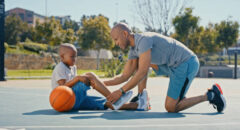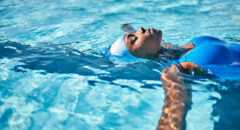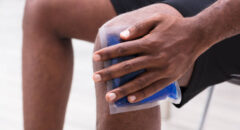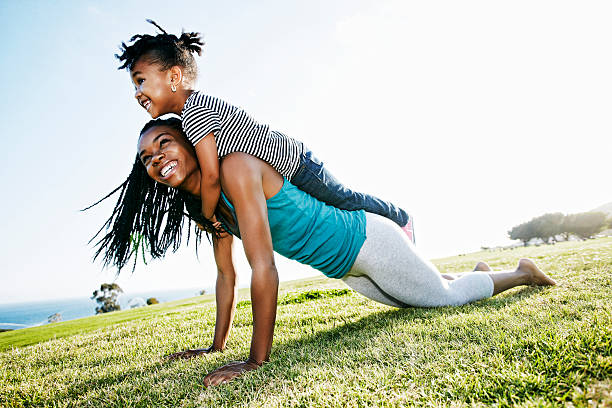
Although regular exercise is important for all children, physical activity has unique benefits for children with juvenile idiopathic arthritis (JIA). With help from doctors, coaches, or physical therapists, children with arthritis can safely exercise and play almost all sports without worrying about injuring their joints.
How Exercising Helps Kids with Arthritis
Children afflicted with JIA may not get as much physical activity as their peers. This is unfortunate because more physically active children have less severe pain and fewer pain-related limitations in their activities. Staying active has many benefits for children with JIA, including:
- Pain control
- Helping maintain a healthy weight
- Keeping bones strong
- Keeping joints flexible
- Helping to strengthen muscles
- Improving mood, sleep, and energy levels
- Building confidence
RELATED: Is there A Cure For Juvenile Idiopathic Arthritis?
Types of Exercises to Try
Kids with JIA may need different types of exercise to improve their strength. A child’s activities should be based on their age, how severe or well-controlled their arthritis is, and what they like to do. As a baseline, exercises should include a mixture of:
- Strengthening/resistance
- Balance
- Stretching/flexibility
- Aerobic/conditioning
With that being said, here are some of the safe and beneficial forms of exercise that children can do, even when their arthritis is flaring.
Swimming
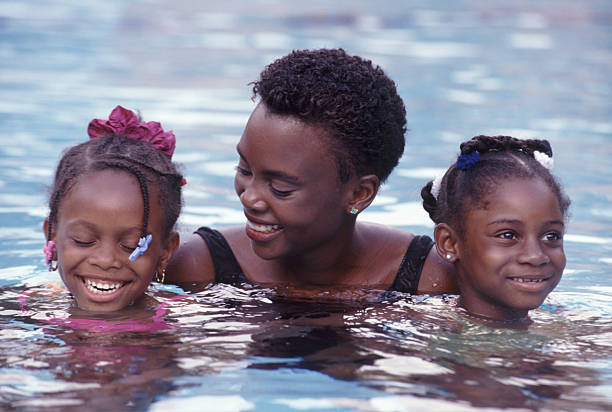
Swimming is an excellent exercise for children or adolescents with arthritis because it improves cardiovascular health, range of motion, and muscle strength. The action of swimming is safe for most joints.
Aquatic Exercises
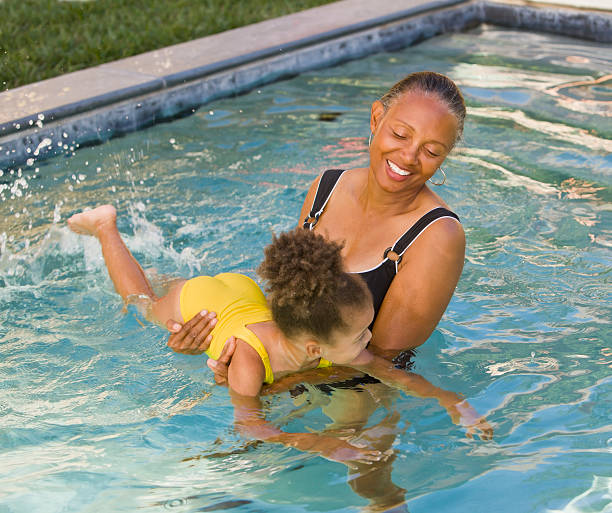
If you have pool access, aquatic exercises may be the most beneficial thing your child can do to strengthen their joints. Water buoyancy helps support the body’s weight, which reduces stress on weight-bearing joints. The resistance water provides help to build
strong muscles. If the pool is heated, flaring joints may be soothed and relieved.
Yoga

Yoga benefits children with arthritis by reducing pain over time, improving flexibility, and relieving stress. Yoga is among one of the most commonly prescribed exercises by physical therapists. If your child wants to try yoga, make sure to use a padded mat to cushion the joints. Consider consulting a trained instructor to learn about pose modifications that can relieve stress on the joints.
Tai Chi

Tai chi consists of slow, graceful movements that improve balance, reduce stress, and relieve arthritis pain. Tai chi is also great for a low-intensity cardiovascular workout. Tai chi and other martial arts can improve physical function amongst children with JIA.
RELATED: Is Your Child Dealing With Joint Pain? Here’s How you Can Help
Finding the Right Fit for Your Child
If their arthritis is well controlled, few forms of exercise will be off-limits for children with JIA. However, certain activities like soccer or other activities that involve the ankle and knee joints may be more difficult and less advisable. Children with shoulder arthritis may want to choose a sport other than tennis.
Tips for helping children to become physically active include:
- Starting slow, building up gradually, and having fun
- Incorporating friends and family members into exercise. This will help children enjoy themselves and stay motivated.
- Setting goals and working toward them
- Choose activities that fit within the lifestyle of your family
- Speaking to a physical therapist or other health care provider
Older children will most likely know what activities are available and gravitate towards one that piques their interest or skillset. For younger children, consider introducing five of six appropriate activities or sports and letting the child choose.
More Resources
If you are interested in learning more about how to monitor the intensity of exercises, check out this link.
Remember, children with JIA can and should exercise. Exercise improves a child’s quality of life, muscle strength, and bone density, which helps these children lead stronger, healthier lives.



